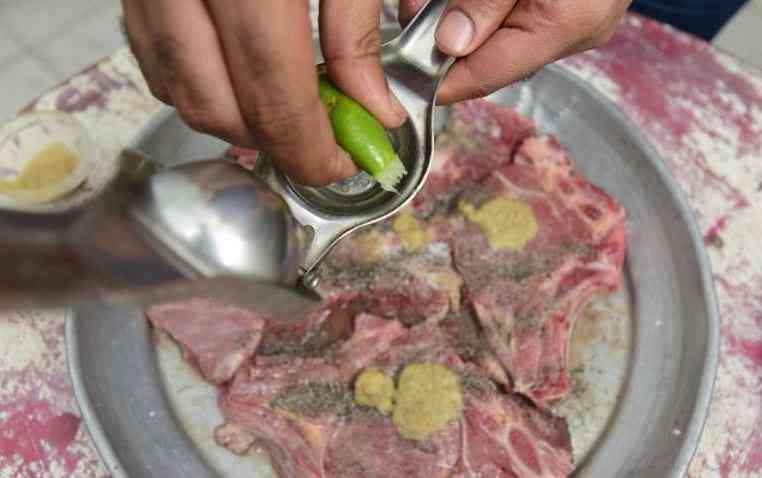
Kenya mothers have just broken records; registered the highest births ever as well as the largest number of caesarean deliveries.
Last year, 1.15 million births were registered with 172,000 deliveries through C-section (CS), the largest number ever.
In the last five years alone the number of C-section deliveries increased by more than 10 per cent, reported the 2020 Economic Survey released last month.
“The number of deliveries in health facilities increased by 4.1 per cent to 1.15 million in 2019 with caesarean section accounting for 14.9 per cent.”
This is both good and bad; it shows more women who need the life-saving services are getting them, but also that Kenya is approaching overuse levels.
“There is no justification for any region to have caesarean section rates higher than 10-15 per cent,” says the World Health Organisation.
Ten per cent is considered ideal for a country like Kenya otherwise above that will strain available health resources.
The spike, the data shows largely coincided with the takeover of Linda Mama, the free maternity scheme, by the National Hospital Insurance Fund (NHIF).
The spike was so dramatic that in 2016, NHIF had called for an investigation on why all of a sudden almost 60 percent of the maternity budget was going to payments for caesarean deliveries.
“If I can afford it, there is no way I am going to push. My friends say the pain is excruciating,” says Betty Mwilu, 23, a teacher, with her wedding currently held up by the coronavirus outbreak.
Before coronavirus, Mwilu says she thought only the fear of giving birth could have made her reconsider the wedding.
Fear of giving birth, like expressed by Mwilu, health experts say is a major reason why many women opt for CS over pushing.
The fear of childbirth among all ages but especially among first-time mothers, data shows is high in Kenya, actually way ahead of fear of domestic violence.
A recent study among 376 pregnant attending antenatal care found a third with high to severe fear of giving birth. The majority 40 per cent had moderate fear, with the rest reporting low but nevertheless significant fear.
Most fearful, the researchers from the University of Pécs-Hungary, Sabzevar University of Medical Sciences, Iran, and Kenyatta University found were those in first pregnancies.
The results published in March in the journal of Sexual & Reproductive Healthcare found less fear in women who had regular pregnancy checkups and had trust in health care workers.
Also, women who said they attended childbirth preparation classes were likely to have much less fear of giving birth.
An earlier study by Dr Tom Oguta among 1,400 women at Pumwani Maternity Hospital and Kenyatta National Hospital found women reporting fear of childbirth process were most likely to opt for elective CS.
“The higher the severity of fear, the higher the likelihood of selecting elective caesarean compared to the less fearful women.”
Ogutu says some women also develop fear in subsequent pregnancies, mainly because of the kind of experience they went through during the previous birth.
Poor pain control services
Last year, a team from the University of Nairobi found 46 per cent of women delivering in public facilities under the Linda Mama programme unhappy with the services.
The survey involving 2,216 mothers in 77 public health facilities across 14 counties in Kenya found women being discharged immediately after they gave birth against the recommended 48 hours for uncomplicated deliveries. Most reported poor pain control services and lack of medicines.
But the WHO is not having any of these excuses, arguing pain is not a good enough reason for the extensive medicalisation of childbirth as is being witnessed today.
The health body wants elective cesarean births, instrumental vaginal births, pain blocking injections and early labour inducing medicines discouraged.
WHO wants women to go back to natural pushing and reclaim the unique experience of giving birth.
“The increasing medicalisation of childbirth has undermined the woman’s capability and the unique experience of giving birth,” says Dr Nothemba Simelela of WHO.
Consequently, in 2018 WHO made 56 recommendations to Member States to reclaim the naturalness of childbirth while reducing the cost of deliveries.
“Delivery by caesarean section seems to be the new trend and fashionable delivery method as most first and second-time mothers prefer it as a less painful option compared to natural birth,” says Dr Rose Kamenwa, a pediatrician at Aga Khan University Hospital.
In the hospital’s blog Dr Kamenwa warns that apart from possible risks to the mother, CS children are at higher risk of allergies.
Such include food allergies, anaphylaxis, asthma, eczema and other skin diseases, allergic rhinitis, allergic conjunctivitis and reactions to drugs and insects.
But hospitals, colluding to cash in on NHIF maternity funds and the higher cost of CS compared to normal deliveries, have been accused of encouraging elective CS.
When the Ministry of Health investigated trends for CS at Mama Lucy Kibaki Hospital in Nairobi, they found employed women fuelling the demand.
While CS births head for the redline, 15 percent, the average for Nairobi is 24.9 percent with Nairobi Hospital, Kenyatta National Hospital and Aga Khan University Hospital recording rates of 33 per cent, 30 percent and 20.4 percent respectively.?
What did you hate sharing as a kid? The Standard Group Plc is a multi-media organization with investments in media platforms spanning newspaper print
operations, television, radio broadcasting, digital and online services. The Standard Group is recognized as a
leading multi-media house in Kenya with a key influence in matters of national and international interest.
The Standard Group Plc is a multi-media organization with investments in media platforms spanning newspaper print
operations, television, radio broadcasting, digital and online services. The Standard Group is recognized as a
leading multi-media house in Kenya with a key influence in matters of national and international interest.

